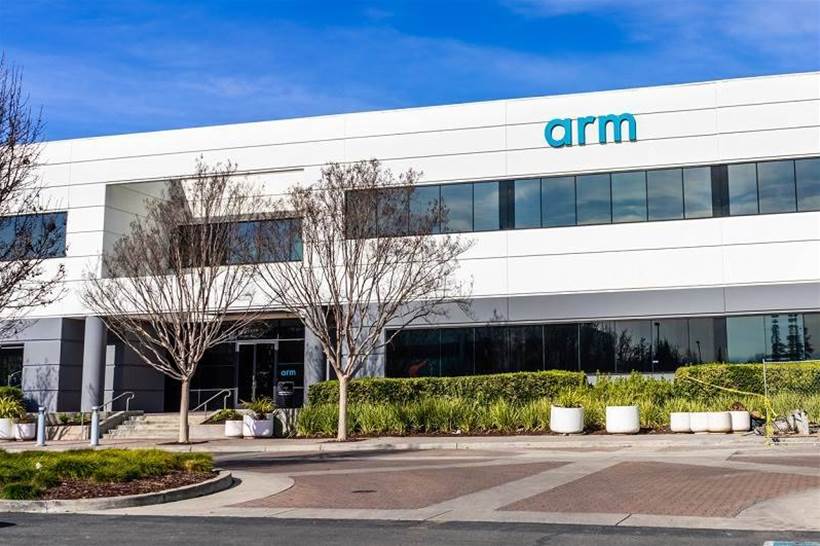Arm has been known for decades as the company behind the chip architecture in mobile devices.
But it also has its fingers in multiple parts of the IoT pie, and boasts the likes of a Fortune 100 company, an oil and gas giant, major utilities and an embedded systems company as IoT clients.
So how does Arm fit into the IoT landscape?
Perhaps the most important aspect of the company’s IoT positioning is a term it uses often: ‘chip to cloud’. In 2018, Arm reported that it had 95 percent of world smartphone processor market share. By 2035, it expects there to be one trillion new connected IoT devices, which it sees as an opportunity. To seize that opportunity, it provides a device and data management platform, and connectivity management services (overseas, it offers a single SIM and contract aggregating multiple network services).
By linking these products and services, Arm has positioned itself as a platform provider, able to push such concepts as end-to-end security.
Arm’s device management platform may be most relevant to Australian organisations. Called Pelion Device Management, it’s marketed as a flexible, secure and efficient platform for managing diverse IoT environments.
Diversity is the key word: Arm wants to be seen as the platform for connecting new and old devices, including legacy devices.
Edge gateway management is a key capability. Pelion Device Management handles deployment and management of applications and data on edge gateways, which connect to legacy and non-IP devices. Its gateway software also does multi-protocol translation. Watch a video explaining the key features of Arm Pelion Device Management here.
Arm’s marketing pitch is also about managing entire device lifecycles, from on-boarding to updating and decommissioning. Its platform handles over-the-air firmware updates (including for devices behind gateways), certificate renewal, secure asset and identity provisioning, and other aspects of endpoint and gateway management.
These capabilities have earned Arm roles in impressive projects. For example, South Korean utility KEPCO turned to it to securely manage the on-boarding, monitoring and updating of 30 million smart meters.
Another customer, Belgian company Alphatronics, worked with Arm to develop a system for automatically controlling access to waste recycling centres. It needed to remotely manage the systems over a GPRS connection, and chose Pelion Device Management to do so.
Meanwhile, embedded systems company AAEON chose Arm’s platform to streamline management of 4,000 connected lampposts for the City of Taiwan.
Another important aspect of Arm’s value proposition is choice. Arm doesn’t sell its own cloud, pointing out that customers can select the cloud, devices and protocols they prefer.
In Arm’s view, the platform is the key to managing IoT at scale. Which platform you use and for what is the question.
Watch a video explaining the key features of Arm Pelion Device Management here.
Article sponsored by Arm.







